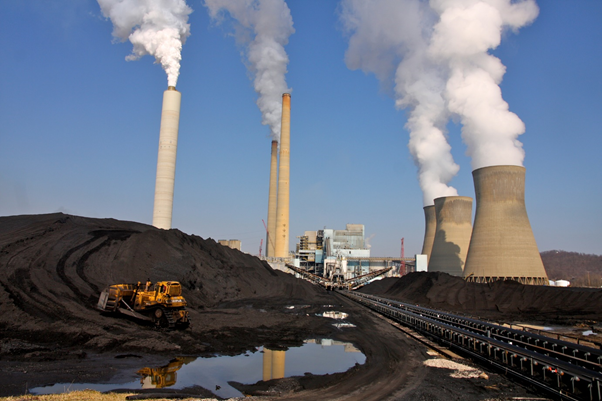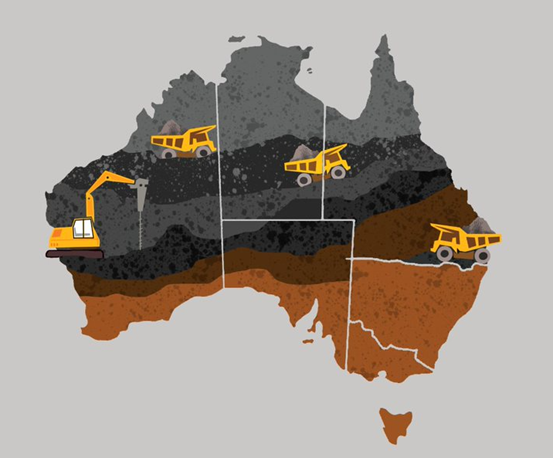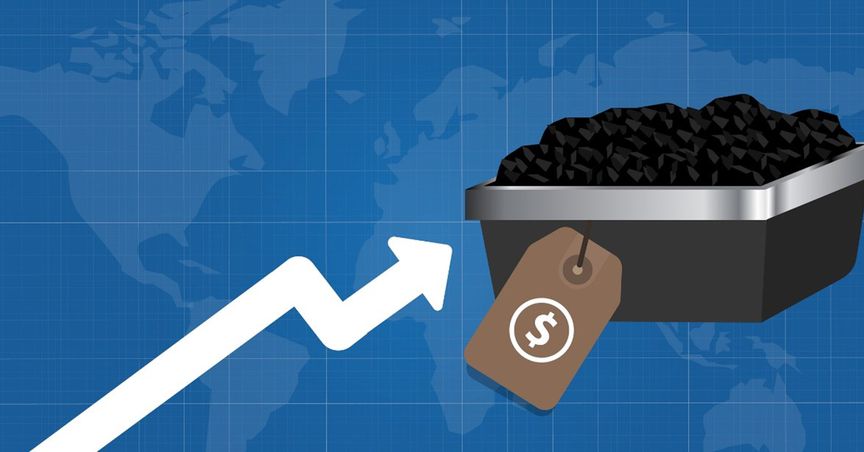Highlights
- Australian resources and energy exports are forecast to hit A$349 billion in 2021–22, up from A$310 billion in the previous year.
- Coal is witnessing significant demand, driven by global economic recovery, while supply chain constraints continue to affect global trade and output for coal.
- Coal mine output has failed to keep up with the consumption growth in China, resulting in energy shortage.
Australian resources and energy exports are tipped to touch record A$349 billion in 2021–22, up from A$310 billion last year, as energy supply crisis looms over large economies such as China and Europe, contributing to upward price pressure.
The forecast as per the Resources and Energy Quarterly for September 2021 released by the Department of Industry, Science, Energy and Resources is A$15 billion higher in nominal terms than the June quarter 2021,
RELATED ARTICLE: Is Australia ready to conquer the global critical material sector?
The report highlights that the energy demand is driven by global economic recovery from the COVID-19 impact. Meanwhile, container shortages and other supply chain constraints have adversely impacted global trade and output.
The outlook for Australian iron ore, a key ingredient in steelmaking, is still bleak, with earnings anticipated to decline sharply. Prices for iron ore have been falling rapidly after it exceeded US$200/tonne in mid-2021 as the Chinese government aims to cap the country’s 2021 steel output.
Meanwhile, the coal market seems to be going from strength to strength, with increasing coal prices.
GOOD WATCH: ASX Coal Stocks under $1 amid surging coal prices
China and Europe face severe energy shortage
The short supply of coal and gas has triggered shutdowns of many factories in China, which resumed strong economic growth to offset the economic downturns due to the COVID-19 pandemic. However, coal mine output has failed to keep up with the consumption growth, while hydroelectric output also fell slightly this year.

Source: © Lavenderphoto | Megapixl.com
As a result, the pressure piles up on the thermal generation, majorly through coal-fired power stations that have already delivered a 14% uptick in output, as per China’s National Bureau of Statistics.
ALSO READ: Oil rises on strong demand and tight supplies
At the same time, Europe is also severely gripped by energy concerns following reduced deliveries through pipelines from Russia. As a result, there was panic buying at gas stations of the United Kingdom, where petrol prices reached an eight-year high.
What lies for Australian coal producers?
Australian coal miners were hit hard when China banned Australian coal shipments as diplomatic relations between the two countries went downhill.
Meanwhile, the sector is also at the receiving end of growing pressure to reduce greenhouse gases emitted in significant proportion from coal consumption.
ALSO READ: Australia Grabs Top Position Of World's Largest LNG Exporter

Source: Copyright © 2021 Kalkine Media
Over the past couple of years, investor and policy pressure has grown, leading to a contraction in coal-fired power plant projects. Moreover, the United Nations calls on all nations to phase out thermal coal between 2030 and 2040.
The recent turnaround in the situation continues to turn the corner for Australian coal producers. Meanwhile, the Department of Industry also anticipates that such an extraordinary price rally for Australian resource exports would more than make up for the sharp decline in iron ore, which is Australia’s top export commodity.



